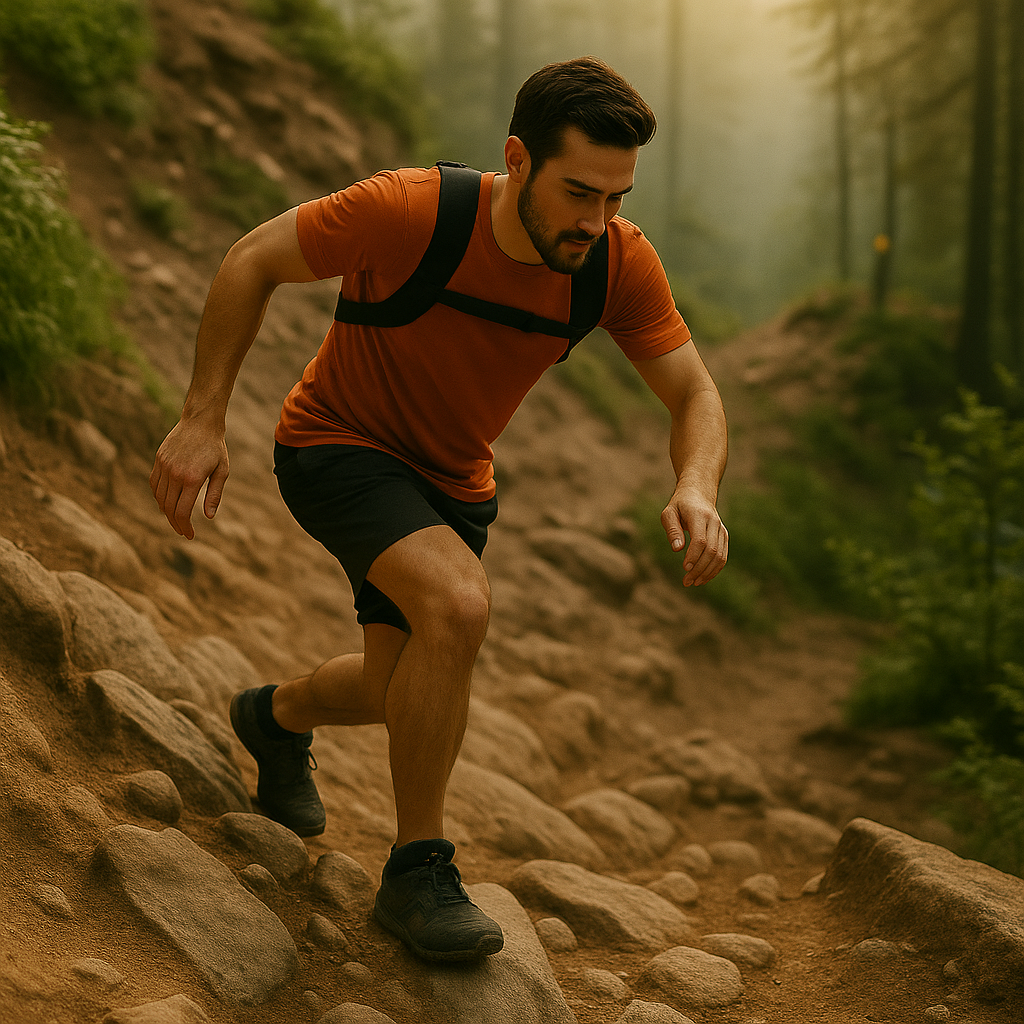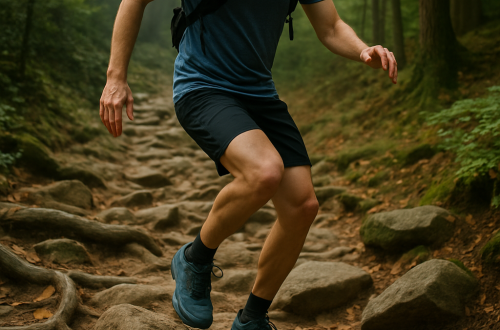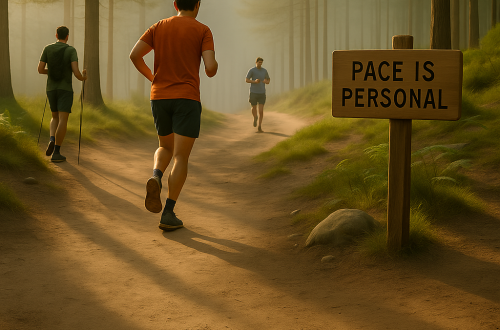
What is the best way to run downhill on trails?
Why downhill trail running feels scary (and how to fix that)
Let’s be honest: running downhill on trails can feel like trying to ride a shopping cart down a ski slope. Your legs want to go faster than your brain is ready for, and every rock or root feels like a potential ankle-breaker. But here’s the good news — with the right technique and mindset, downhill running can become one of the most exhilarating parts of your trail run.
Take Sarah, a weekend trail runner who used to dread descents. She’d slow to a crawl, tense up, and end her runs with sore knees and bruised confidence. After learning a few key techniques, she now flies down technical trails with a grin on her face. The difference? She stopped fighting gravity and started working with it.
Let’s break down how you can do the same.
The best body position for running downhill
When you’re running downhill, your instinct might be to lean back — but that’s exactly what you don’t want to do. Leaning back puts the brakes on your momentum and increases impact on your joints, especially your knees.
So what should your posture be?
- Lean slightly forward from the ankles, not the waist. This helps you stay aligned with gravity and maintain control.
- Keep your knees soft and slightly bent to absorb impact.
- Look ahead, not at your feet. Scan the trail 10–15 feet in front of you to anticipate obstacles.
Think of yourself as a mountain goat — agile, balanced, and always moving forward with purpose.
How to use your arms and core for control
Your arms aren’t just for balance — they’re your steering wheel. On technical descents, let your arms move freely and naturally out to the sides. This helps you stay balanced when the trail throws surprises your way.
Tips for using your upper body:
- Keep your arms loose and slightly away from your body for better stability.
- Engage your core to stay upright and prevent wobbling.
- Use your arms to counterbalance quick changes in direction or uneven terrain.
Imagine running down a rocky hill while holding invisible airplane wings — that’s the kind of dynamic balance you’re aiming for.
Foot placement and stride: What really matters
One of the biggest mistakes runners make when going downhill is overstriding. Long, reaching steps increase the risk of slipping and reduce your ability to react quickly.
Instead, focus on:
- Short, quick steps — they give you more control and reduce impact.
- Midfoot landing — avoid heel striking, which can cause braking and instability.
- Staying light on your feet — think of dancing down the trail, not stomping.
On technical terrain, it’s okay to slow down and even hike sections. The goal is flow, not speed at all costs.
How to build confidence on steep descents
Confidence is everything when it comes to downhill trail running. But it doesn’t come overnight — it’s built through repetition, smart practice, and a few mindset shifts.
Here’s how to grow your downhill confidence:
- Start small: Practice on gentle slopes before tackling steep descents.
- Repeat familiar trails: The more you know the terrain, the more confidently you’ll move.
- Visualize success: Before a descent, picture yourself moving smoothly and in control.
- Celebrate progress: Every time you descend a little faster or with more ease, take note. That’s growth.
Remember, even elite trail runners had to learn how to trust their feet. Give yourself permission to learn gradually.
Gear that helps you run downhill better
While technique is king, the right gear can make downhill running safer and more enjoyable.
Consider these essentials:
- Trail running shoes with aggressive tread: Look for deep lugs and sticky rubber for better grip on loose or wet surfaces.
- Lightweight trail running poles: On very steep or technical descents, poles can help with balance and reduce quad fatigue.
- Minimalist hydration packs: Keep your load light and stable to avoid throwing off your balance.
- Gaiters: These help keep debris out of your shoes, especially on rocky or dusty trails.
Good gear won’t make you a better runner overnight, but it can give you the confidence to push your limits safely.
Common mistakes to avoid when running downhill
Even experienced runners fall into these traps. Avoiding them can save you from injury and frustration.
- Overstriding: It increases impact and decreases control.
- Leaning back: This puts unnecessary strain on your knees and slows you down.
- Staring at your feet: You’ll miss upcoming obstacles and lose your line.
- Holding your breath: Stay relaxed and breathe steadily to keep your body loose.
- Wearing worn-out shoes: Tread matters more than you think on descents.
Awareness is the first step to improvement. Next time you’re on a downhill, do a quick body scan and adjust as needed.
Training tips to improve your downhill skills
Want to get better at downhill trail running? Practice with purpose. Here’s how:
- Include downhill repeats in your training. Find a short hill and run controlled descents multiple times.
- Strengthen your quads and glutes. Exercises like lunges, step-downs, and squats help absorb impact and control your descent.
- Work on agility. Trail-specific drills like lateral hops and single-leg balance improve your reaction time.
- Run varied terrain. The more types of trails you experience, the more adaptable you’ll become.
Like any skill, downhill running improves with focused effort. Make it part of your weekly routine, and you’ll see results.
Conclusion
Running downhill on trails doesn’t have to be intimidating. With the right posture, stride, mindset, and gear, you can turn descents into your secret weapon. Start small, stay present, and remember: it’s not about being fearless — it’s about learning to move with the mountain, not against it.
Next time you hit the trail, pick one technique from this post and practice it on your next descent. With time, you’ll find yourself flowing downhill with more confidence, control, and joy.
Powered by: aiContent.live





